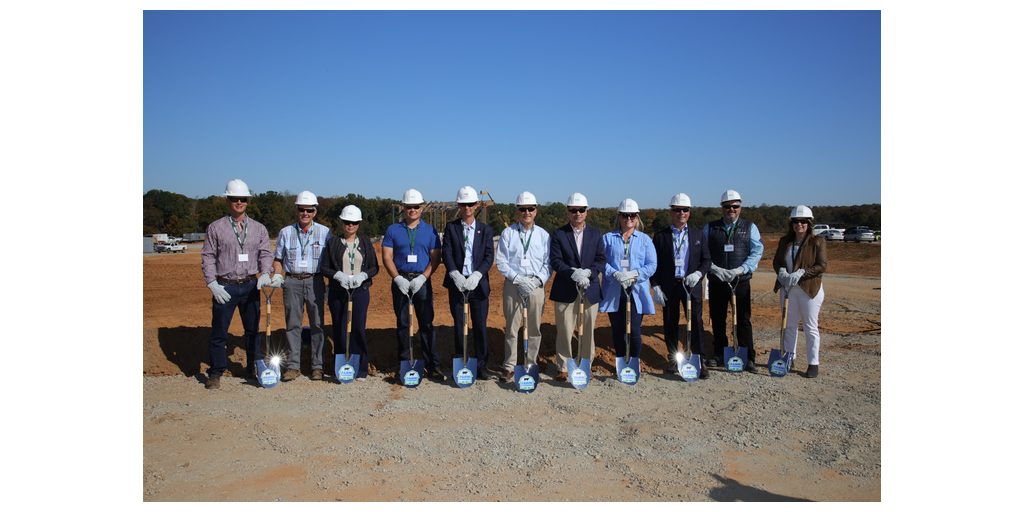Sign up for daily news updates from CleanTechnica on email. Or follow us on Google News!
Traffic congestion is estimated to have wasted 0.8 billion gallons of gasoline in the US in 1982, but it has grown and grown since then. That number peaked in 2019 at 3.6 billion gallons of wasted fuel.
A rare positive of the pandemic is the downturn of car culture. Fuel waste and congestion dropped sharply in 2020 as a result of the COVID-19 epidemic, to a level of 1.8 billion gallons, the lowest since 1995. Unfortunately, since 2020, traffic has increased once more, and in 2022, ~3.3 billion gallons of fuel will be squandered. Also, note that even though an EV uses no gas, sitting in traffic is still a significant time waster.
Many of us would prefer to take the train, which would help with the congestion issue. On that note, the U.S. High Speed Rail Coalition has praised Siemens’ investment in the nation’s first high-speed rail plant as a “milestone” that heralds the coming of a revolutionary new industry.
Read about these and more cleantech solutions below.
Department of Energy News

Traffic Congestion in the United States Wasted 3.3 Billion Gallons of Fuel in 2022
“The draft Distributed Energy Resource Interconnection Roadmap provides stakeholders with a set of 37 solutions organized around increasing data access, transparency, and security for interconnection; improving interconnection process and timeline; promoting economic efficiency in interconnection; and maintaining a reliable, resilient, and secure grid. The document is a complement to the Transmission Interconnection Roadmap released earlier this year, which identifies near- to long-term solutions to address current challenges in transmission system interconnection.”
“Connecting more distributed energy resources will improve grid reliability and lower energy costs in communities across America,” said Jeff Marootian, Principal Deputy Assistant Secretary for Energy Efficiency and Renewable Energy. “Solutions in this roadmap can help all states or regions—regardless of their current deployment levels—speed up interconnection and benefit from clean energy.”
Biden-Harris Administration Invests $430 Million to Upgrade America’s Hydropower Infrastructure
DOE Expands Programs That Increase Access to Solar Energy in Disadvantaged Communities
“LAS VEGAS — Acting Deputy Secretary of the Interior Laura Daniel-Davis and White House National Climate Advisor Ali Zaidi visited Las Vegas today to announce the advancement of multiple clean energy projects in Nevada that will create good-paying jobs, lower families’ energy costs, and help meet the Biden-Harris administration’s renewable energy goals. The announcement comes as the Administration has released new data to demonstrate how the historic steps it has taken to accelerate and improve federal permitting processes are helping deliver more projects, more efficiently, across the United States.
“The Department’s Bureau of Land Management (BLM) is finalizing two projects and moving forward two more that will advance new transmission lines and solar facilities across the state, helping deliver clean, reliable energy from the Nevada desert to the Western electric grid and creating jobs for union workers. The two projects receiving approval – the Greenlink West Transmission Project and Libra Solar Project – will unlock up to 4.7 gigawatts of clean energy, enough to power nearly 5 million homes.”
& More EV Charging
PowerGo Opens Its Largest Ultra-Fast Charging Hub in Europe
“EV drivers can charge their electric vehicle when they stop by PowerGo’s new ultra-fast charging location along the Danish highway E20. PowerGo is now opening its new ultra-fast charging location at Lillebælt in Denmark with seven 400 kilowatt chargers, ensuring that fourteen EV drivers can charge at the same time. It is the charge point operator’s largest ultra-fast charging hub in Europe. The charging location is located along highway E20, which is part of Europe’s central transport network (TEN-T).”
Plugging the Gap: The Urgent Need for Global EV Charging Infrastructure Expansion
“As the world accelerates towards electric mobility, the demand for electric vehicle (EV) charging infrastructure is skyrocketing. Yet, according to recent data, key markets are significantly behind in meeting the required installation levels to support the growing number of EVs on the road. The gap is stark: global EV charging infrastructure needs to grow by more than 500% by 2030 to meet projected demands. […]
“The numbers speak for themselves. The data highlights a significant shortfall in public charging points across key global markets, which is threatening to hinder the growth of the EV market: United States: There are currently over 183,000 public charging points, yet more than 1.2 million will be needed by 2030—a gap of over 1 million charging points, representing a required increase of nearly 550%. United Kingdom: The UK has just over 66,700 charging points today, but to meet the 2030 target identified by the previous government, 300,000 are needed—a 350% increase. Europe: Mainland Europe currently has over 630,000 charging points, but over 3.5 million will be required by 2030, necessitating a more than 5.5-fold increase.
“At the current pace of installations, these regions will fall short of their goals. This gap between current infrastructure and future needs presents a significant challenge but also an opportunity for fuel retailers to play a pivotal role in the EV transition.”
Batteries & Energy Storage
Goliath Prototypes Demonstrate Superior Safety
Have a tip for CleanTechnica? Want to advertise? Want to suggest a guest for our CleanTech Talk podcast? Contact us here.
Latest CleanTechnica.TV Videos
CleanTechnica uses affiliate links. See our policy here.
CleanTechnica’s Comment Policy





